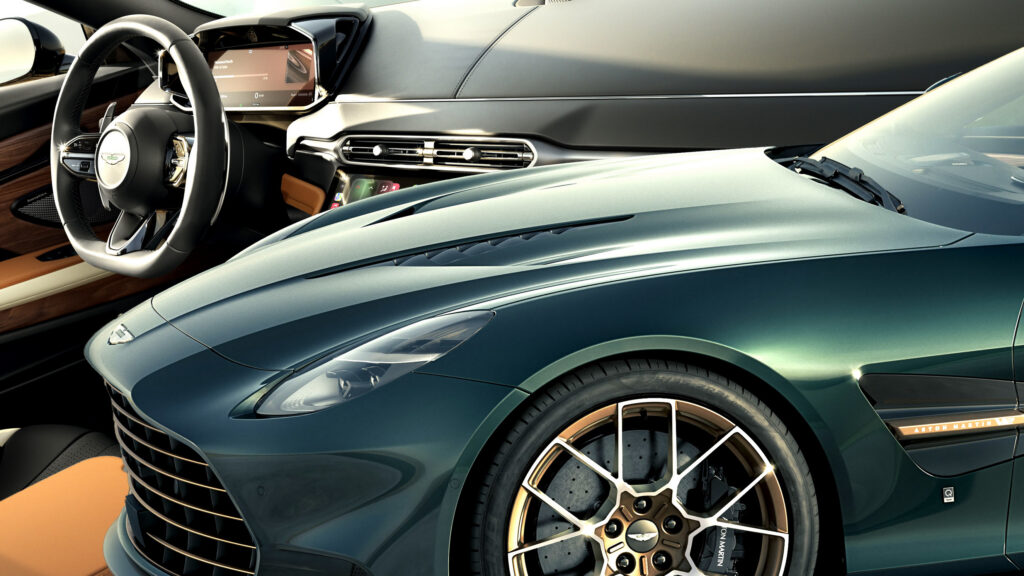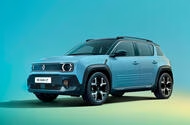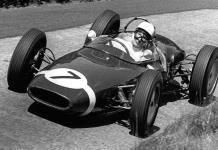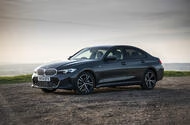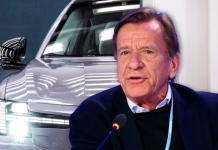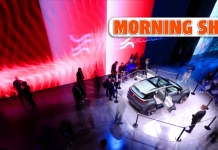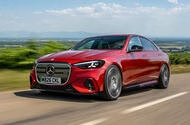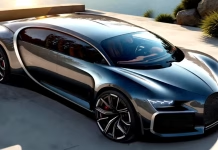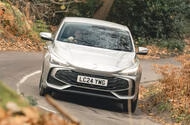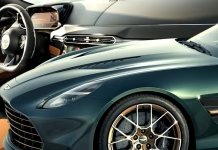Competition Win a Luxury Weekend in Paris with First Class Travel and Fine Dining
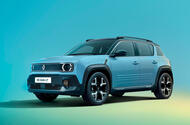 Enter now to be in with a chance of experiencing an unforgettable French getaway for two...
Enter now to be in with a chance of experiencing an unforgettable French getaway for two...
To celebrate the launch of Renault 4 E-Tech electric, Renault is giving one lucky winner, and a guest, the chance to enjoy an unforgettable weekend getaway in Paris.
The prize includes return first-class Eurostar travel from London St Pancras, departing Friday 31 October 2025 and returning Sunday 2 November. On arrival at Gare du Nord, a private transfer will whisk you to a luxurious 5-star hotel, where you’ll enjoy a two-night stay with travel insurance included.
On Friday evening, you’ll dine in style at the Michelin-starred Restaurant Le Meurice Alain Ducasse. With €1,310 to spend on the night, you and your guest can indulge in some of the finest French cuisine Paris has to offer.
You’ll also take part in a traditional wine-tasting experience and have plenty of time to explore everything the City of Light has to offer.
For your chance to win this exclusive experience, enter via the link below. Terms and conditions apply*. Competition runs from 00:00 1 September to 23:00 30 September 2025. Enter the competition here.

* ONE ENTRY PER PERSON. UK RESIDENTS ONLY. OVER 18s. FULL T&Cs APPLY.
Euro NCAP crash test exposes MG 3 seat latch failure and sparks safety overhaul
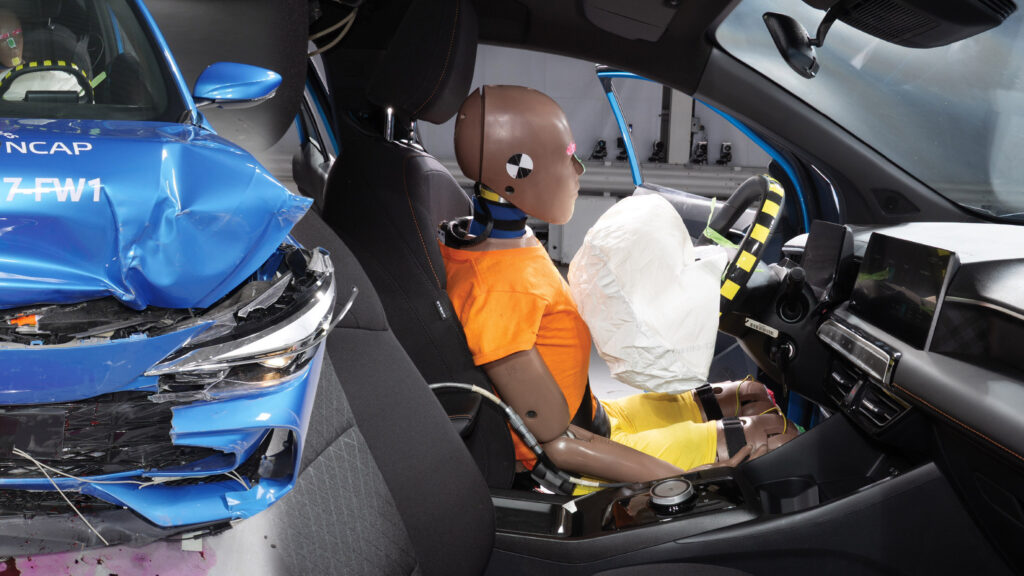
Racing drivers who never won a championship despite incredible talent
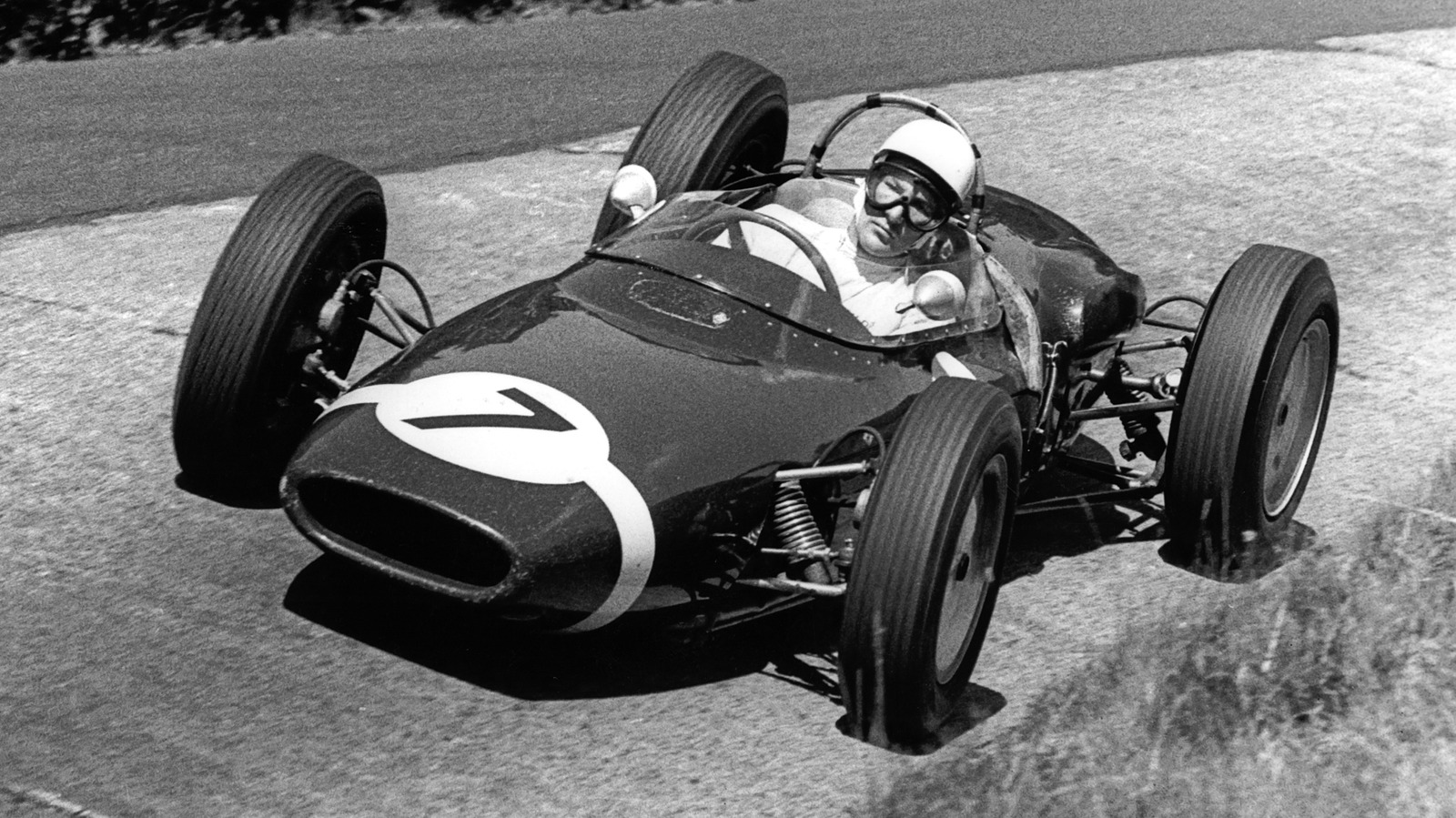
Plug-in Hybrid Company Cars Top Picks for Low Tax and Maximum Flexibility
 Low benefit-in-kind rates and an engine to fall back on? These are the must-have PHEV company cars
Low benefit-in-kind rates and an engine to fall back on? These are the must-have PHEV company cars
If you’re a business driver - or a potential business driver - looking to get the most bang for your buck, a plug-in hybrid company car might just be perfect for you.
Plug-in hybrids, or PHEVs, potentially offer the best of both worlds. On one hand, you get some of the lower tax benefits that come with electric cars. On the other, you still have the reassurance of a traditional petrol or diesel engine for those longer journeys. No range anxiety, no stress. Just flexibility.
PHEVs combine three key elements: a regular internal combustion engine, an electric motor, and a rechargeable battery. Unlike standard hybrids, plug-in hybrids have much larger batteries that you can charge up just like a fully electric car.
This means you can drive purely on electric power for around 30-75 miles depending on the car. Then, when the battery runs out, the petrol or diesel engine takes over, so you’re never left stranded.
For company car drivers, the big win here is lower CO2 emissions, which translate to seriously reduced benefit-in-kind (BIK) tax bills. To put it into perspective, many traditional petrol or diesel cars are taxed at around 27% of their value. With a PHEV? You’re looking at anywhere between 6% and 15%, depending on the car’s electric-only range. The further it can travel without using fuel, the less you’ll pay in tax.
Whether you’re clocking up motorway miles as a sales rep or looking for something a bit more executive as a CEO, there’s a plug-in hybrid out there for you.
Volvo’s CEO Predicts Electric Revolution Will Reshape Global Car Industry
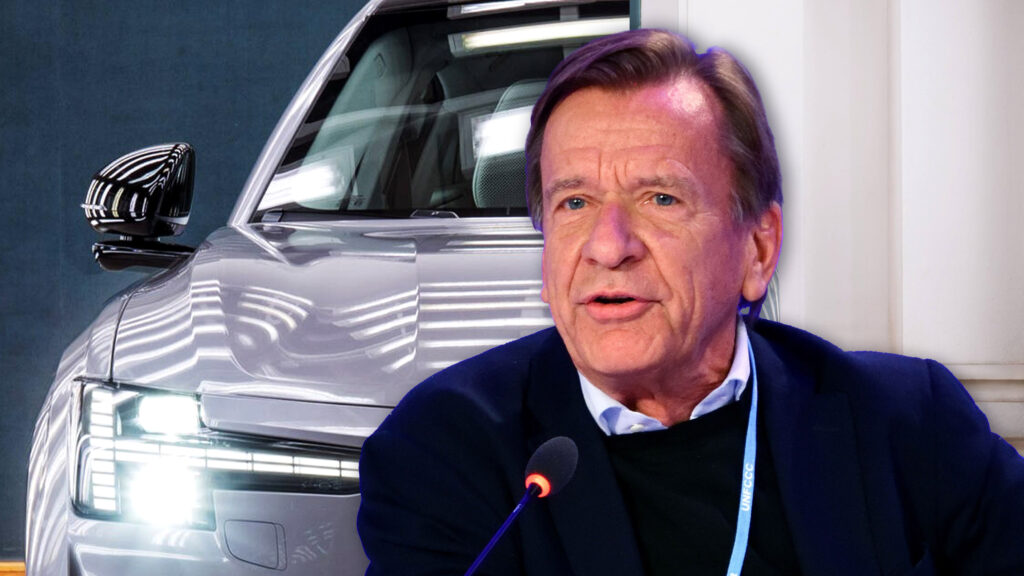
European Carmakers Struggle as US Drivers Stick with Gasoline

Mercedes C-Class EQ Unveiled With 497 Mile Range and Luxurious Tech to Challenge BMW...
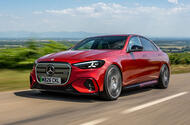
Autocar render shows what the new C-Class could look likeC-Class EQ to lead Mercedes' line-up expansion with GLC EQ underpinnings
Mercedes-Benz is preparing to expand its line-up from next year with the introduction of the electric-powered C-Class EQ.
The all-new model, which will be twinned with the recently revealed GLC EQ, will sit alongside a facelifted version of the combustion-engined C-Class.
The electric C-Class will be the main rival for BMW’s new electric 3 Series, the i3, which is due on the market at around the same time and with comparable specifications.
Like the GLC, the new C-Class will adopt the German brand’s new ‘Iconic Grille’ design that is being used as a differentiator between ICE and EV models as Mercedes moves away from the distinctive stylings of the first-generation EQ-badged electric models. Each model will wear its own bespoke interpretation of the grille, and Mercedes previewed the C-Class’s design at the Munich motor show.
The C-Class EQ is the second model based on the new MB.EA platform, following the GLC. The 800V electrical architecture will also be used by the E-Class EQ, which is due in 2027.
Mercedes’ new electric saloon is expected to grow beyond the 4751mm length and 1820mm width of the combustion-engined, MRA2-based C-Class, with a longer wheelbase and wider tracks contributing to a more spacious interior. Unlike today’s model, the C-Class EQ will be offered solely as a saloon – no estate version is planned.
Mercedes-Benz sources say rear leg room and head room are both significantly better in the new C-Class EQ – the increased interior space addresses one of the key criticisms of earlier EQ saloons. Boot capacity is also said to be slightly larger than that of today’s C-Class, with additional storage available in a frunk.
Drivetrain hardware is largely shared with the GLC EQ. It will be offered in configurations from a 335bhp single-motor, rear-wheel-drive model to a dual-motor 4Matic with up to 482bhp. The C-Class EQ will be offered with a 94.5kWh NMC battery.
While the GLC offers a top-end range of 435 miles (700km), Mercedes says the sleeker and more aerodynamically effi cient C-Class will arrive with a range of 497 miles (800km).
It will be able to charge at speeds of up to 400kW.
An AMG variant is also in development and set to go on sale in 2027. Using powerful axial-flux motors developed by UK-based Mercedes subsidiary Yasa, total output is tipped to exceed comfortably the 680bhp of the current plug-in hybrid C63 S E Performance.
Inside, the C-Class EQ adopts a cabin layout almost identical to that of the GLC EQ. It features the latest generation of Mercedes’ optional Hyperscreen, which covers the entire dashboard.
Speaking to Autocar at the Munich motor show about the GLC’s new interior, chief designer Gorden Wagener said: “It’s such a valuable piece. To get this level of luxury inside is amazing. When you look at the interior, it’s amazing what we have done there. That interior is almost S-Class in terms of technology.”
Vacuum Giant Dreame Unveils Bold Electric Hypercar to Rival Legends
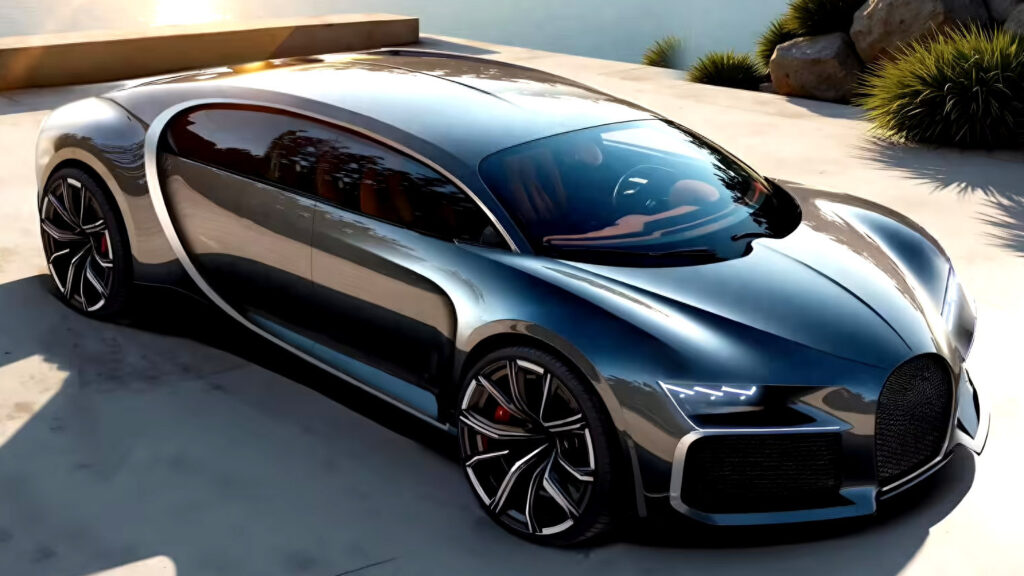
MG 3 Faces Critical Safety Flaw After Euro Crash Test Reveals Seat Failure Risk
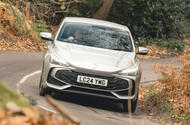 Latching mechanism fails in frontal offset test, causing driver's seat to twist and increasing risk of injury
Latching mechanism fails in frontal offset test, causing driver's seat to twist and increasing risk of injury
Europe's leading safety testing organisation has identified a “critical safety failure” with the driver’s seat of the MG 3, prompting an urgent update for the supermini.
In Euro NCAP's frontal offset crash test (in which 40% of the car’s front end collides with a barrier), it found the 3’s seat latching mechanism failed, causing the driver’s seat to twist during the impact.
This caused a more severe impact on the crash test dummy’s right leg than if the seat had remained in place, resulting in a "poor" score for protection of the driver's right femur.
Euro NCAP said it had never witnessed a failure of this kind in its 28 years of crash testing.
The organisation added that MG implemented changes to reinforce the latching mechanism in August.
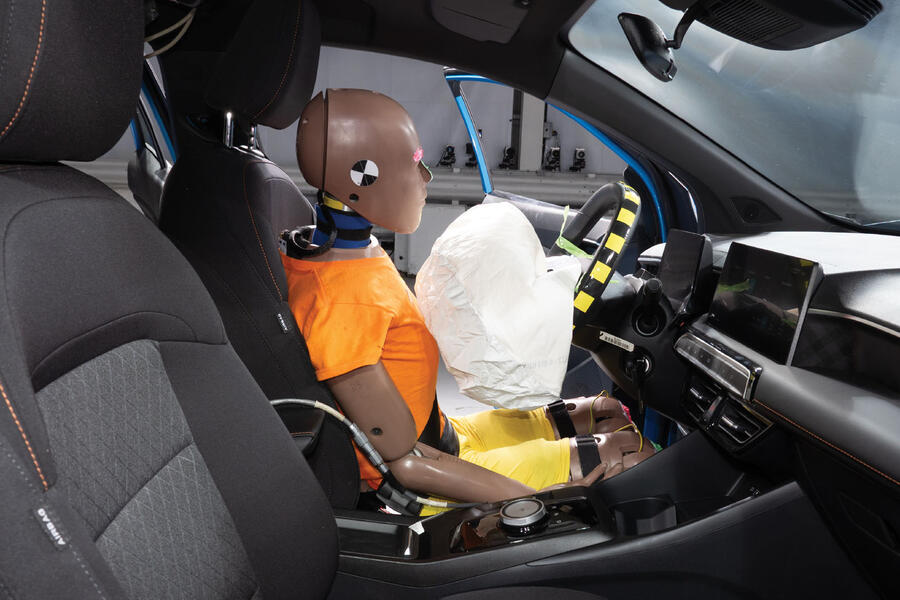
Euro NCAP also found that the driver’s head could "bottom out" through the airbag in a crash, meaning it graded the 3’s head protection as only adequate.
MG has promised to tweak the airbag in October, Euro NCAP said. However, the seat and airbag changes won't be applied to 3s that have already been delivered to customers since the model's launch last year.
Euro NCAP said it has reported the faults to type-approval authorities so that they can decide whether to issue a recall.
Autocar has contacted MG Motor UK for comment.
Following the findings, Euro NCAP said it will implement changes to how it scores crash tests; it doesn't currently have a mechanism for penalising cars in the event of component failures, so the 3 still scored four stars out of five.
“This is an almost unheard-of occurrence, but one that Euro NCAP will address through changes to our protocols and scoring so we can reflect any failure,” said Aled Williams, programme director for Euro NCAP.
Aston Martin Unveils Ultra-Rare DB12 and Vanquish Convertibles for Volante’s 60th Anniversary
